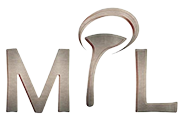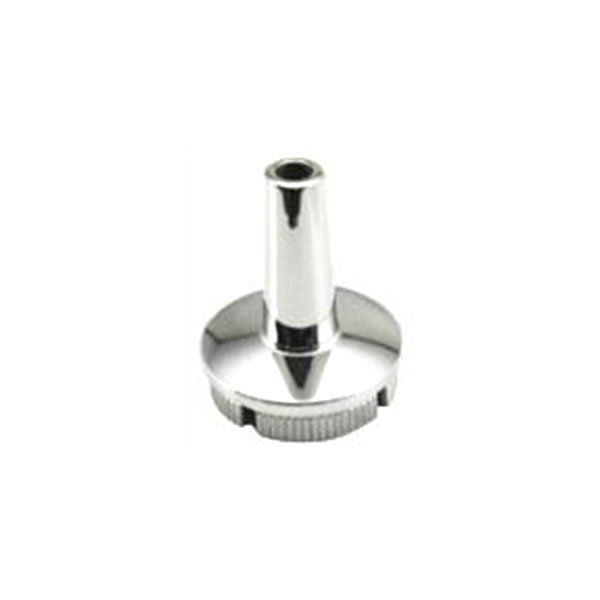Advantages of Precision Casting
Jan 23,2025
Precision casting (also known as lost wax casting, investment casting) is a casting technology that produces high-precision, complex-shaped parts through precise molds and complex processes. Its core advantages are reflected in high precision, low roughness, complex structure molding capabilities, and wide material adaptability. The following is a detailed analysis of the advantages:
Precision casting (also known as lost wax casting, investment casting) is a casting technology that produces high-precision, complex-shaped parts through precise molds and complex processes. Its core advantages are reflected in high precision, low roughness, complex structure molding capabilities, and wide material adaptability. The following is a detailed analysis of the advantages:
1. High dimensional accuracy and excellent surface quality
Close to the final size of the part
Precision casting achieves millimeter-level precision control through wax molds or 3D printing molds, and the dimensional tolerance of castings can be controlled within ±0.1mm (some processes can reach ±0.05mm), significantly reducing the amount of subsequent machining, and even achieving "less cutting" or "no cutting" production.
Compared with traditional sand casting: the dimensional tolerance of sand casting is usually ±1-3mm, and the surface roughness (Ra) is about 12.5-25μm, while the surface roughness of precision casting can reach 1.6-6.3μm, which is close to the level of machining.
Complex curved surface molding in one go
It can directly cast thin-walled parts (thickness ≤ 2mm), complex inner cavities (such as cooling holes of aircraft engine blades), and multi-curved surface combination structures that are difficult to achieve with traditional processing, avoiding the cumbersome process of splicing and welding required by traditional processes.
2. Wide material adaptability and excellent mechanical properties
Applicable to difficult-to-process materials
It can cast high-temperature alloys (such as nickel-based alloys for aircraft engines), stainless steel, titanium alloys, aluminum alloys, copper alloys, etc., especially suitable for materials with high melting points and difficult cutting (such as heat-resistant steels and high-temperature alloys).
Typical applications: turbine blades in the aerospace field (need to withstand high temperatures above 1500℃), titanium alloy artificial joints in the medical field.
Dense organization and stable performance
Precision casting can obtain uniform and fine grain organization by controlling the solidification process (such as directional solidification). The strength, wear resistance and corrosion resistance of castings are better than those of sand castings, and are close to the level of forgings.
3. Significant advantages in mass production
Molds are highly reusable and suitable for mass production
Wax molds (such as metal pressings) can be reused hundreds to thousands of times, suitable for medium-volume production (tens to tens of thousands of pieces), and the unit cost decreases significantly with the increase in output.
Compared with 3D printing (additive manufacturing): Precision casting has more obvious cost advantages in mass production, especially suitable for large-scale manufacturing of complex structural parts.
Reduce processes and improve efficiency
No need for traditional casting steps such as parting, demolding, and repairing, one-time molding can be achieved directly through the combination of wax molds, shortening the production cycle. For example, precision casting of aircraft engine blades can save more than 80% of machining time.
4. Outstanding ability to form complex structures
No parting surface restrictions, high design freedom
Traditional sand casting is limited by the parting surface, and it is difficult to manufacture parts with undercuts, deep holes, thin walls and other structures. Precision casting can achieve integrated complex structures (such as impellers, gearboxes, and complex aerospace shells) through integral molding of wax molds.
Cases: automotive turbocharger impellers (with twisted blades and complex flow channels), drone engine cylinders (with integrated cooling channels and mounting interfaces).
Multi-part integrated casting
Multiple parts can be designed as one casting to reduce assembly processes. For example, the valve housing, which is traditionally welded from five parts, can be molded in one step through precision casting to improve sealing and reliability.
PREVIOUS:
NEXT:






